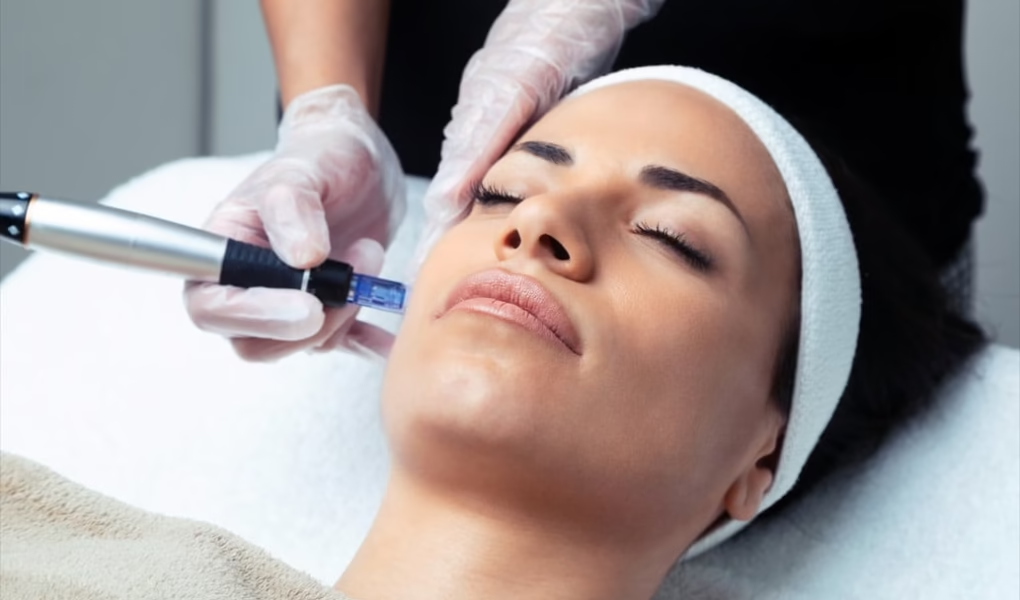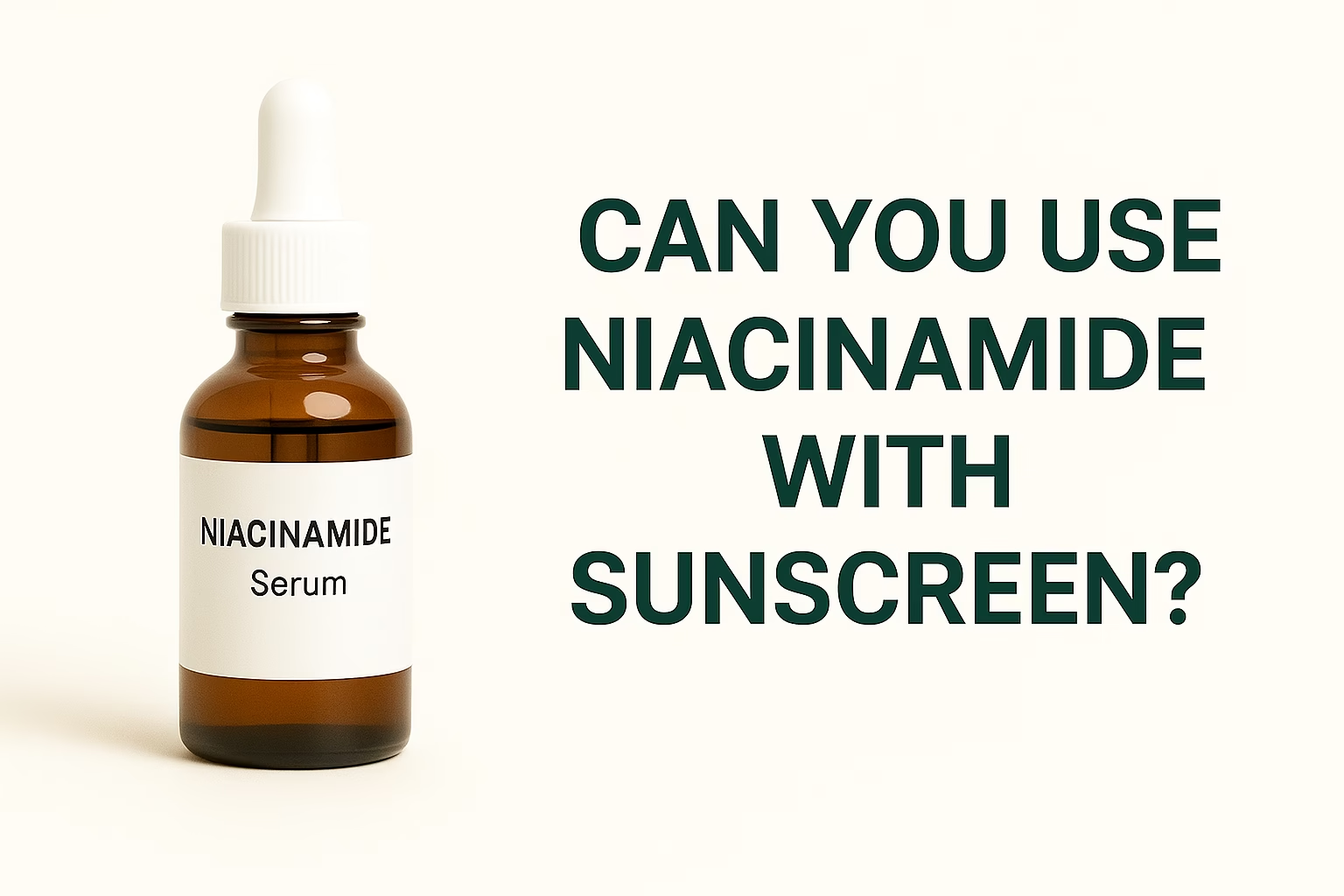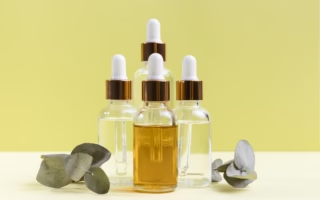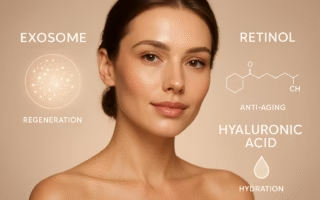Exosome therapy promises firmer, brighter, faster-healing skin with minimal downtime. But does it actually work beyond the hype? In this guide, we review how exosomes work, what results to expect, who benefits most, side effects, and how exosomes compare to popular treatments, so you can decide with confidence.
🔗 See our master overview – [Exosome Therapy for Skin & Hair: Complete 2025 Guide]
🔗 Curious about the topical side? – [What Are Exosomes in Skincare? Benefits Explained]
🧬 Quick Primer: How Exosomes Rejuvenate Skin
Exosomes are nano-sized extracellular vesicles secreted by cells. They carry growth factors, peptides, lipids, and RNA that act like instructions to nearby cells. In aesthetics, exosomes (often stem-cell or platelet derived) are applied topically post-procedure or delivered via microneedling/energy devices to:
- Stimulate fibroblasts → more collagen & elastin (firmer, bouncier skin)
- Calm inflammation → less redness and irritation
- Support angiogenesis → better microcirculation, glow
- Accelerate repair → faster recovery after lasers/needling/peels
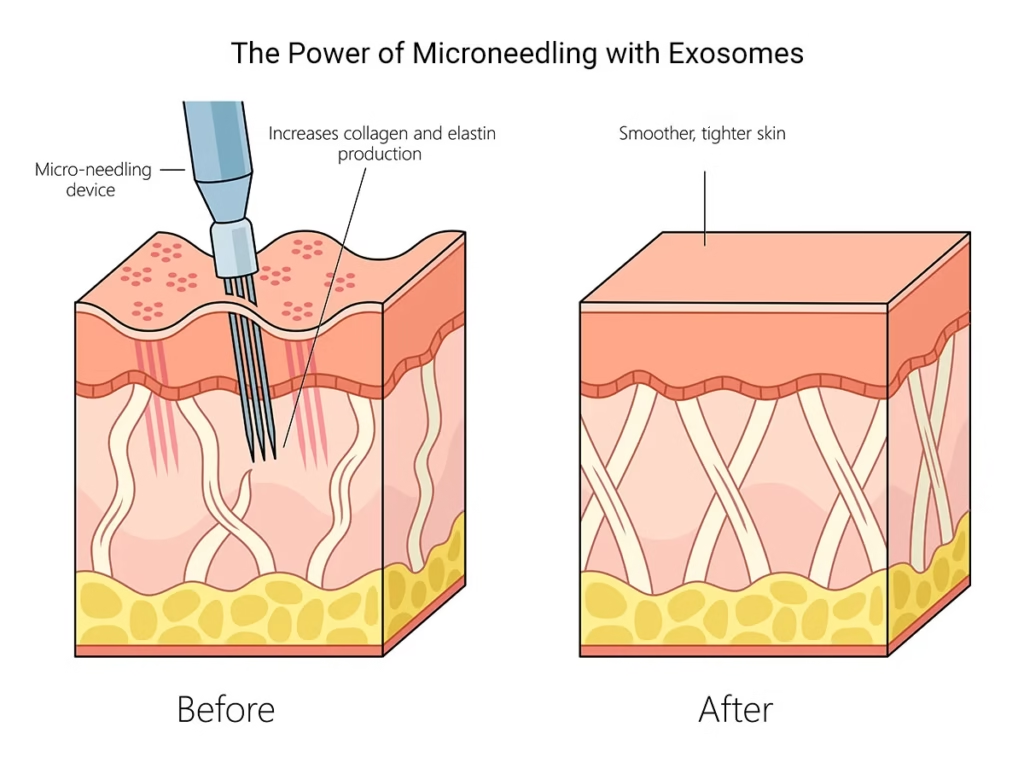
📚 Does It Work? Evidence Snapshot (2024–2025)
Short answer: Early clinical data and multiple reviews suggest meaningful improvements in texture, tone, redness, and post-procedure downtime with a favorable safety profile. Larger randomized trials are still catching up.
- Clinical & cosmetic dermatology reviews (2024–2025): NIH: Clinical Applications of Exosomes in Cosmetic Dermatology report benefits for rejuvenation, pigmentation, wound healing, and hair with low adverse events when high-quality preparations are used.
- Medical-center perspective (2025): Mayo Clinic clinicians report topical platelet-derived exosomes can improve texture/appearance and shorten healing time after procedures; a clinical-grade, shelf-stable approach is emerging in practice. (Mayo Clinic overview)
✨ Takeaway: Results are promising and consistent with mechanisms (cell signaling). Expect more robust randomized data over the next 12 – 24 months.
🧴 Treatment Formats (and When to Use Each)
1) Post-procedure topical (most common)
Applied immediately after microneedling, fractional laser, RF microneedling to enhance penetration and speed healing. Good for texture, pores, mild scars, glow, and reducing downtime.
2) Microneedling with exosome infusion
Exosomes are dripped and needled in during the session for deeper delivery. Often used in 2 – 4 session series for cumulative remodeling.
3) Standalone topical courses
Clinic-grade serums/masks in a series (weekly/biweekly) or home-use serums between procedures to support barrier, brightness, and calm.
🔗 Want ingredient-level details for at-home products? Read [What Are Exosomes in Skincare?]
⏳ Results Timeline & What to Expect
- Immediately – 72 hours: Calmer skin, reduced redness vs. procedures alone, dewy glow.
- 2 – 4 weeks: Texture smoothing, refined pores, tone more even.
- 8 – 12 weeks: Noticeable firmness/elasticity from collagen remodeling; earlier acne marks fade faster.
- 3 – 6 months: Best tightening/texture gains after a series.
Typical plan: 2 – 3 treatments for glow/texture; 3 – 4 for scars or laxity; maintenance every 3–6 months depending on age and goals.
🙌 Who Sees the Best Results?
- Post-procedure patients (microneedling/laser/RF) aiming for faster recovery and amplified results
- Early to moderate photoaging (fine lines, dullness, enlarged pores)
- Sensitive/rosacea-prone seeking calmer skin with barrier support
- Mild acne marks and uneven tone
⚖️ Exosomes vs. PRP vs. Standard Actives
| Goal | Exosomes | PRP | Retinol/Acids |
| Downtime after procedures | Shortens downtime; calms inflammation | Helps healing; variable | N/A |
| Texture/pores | Strong with series | Moderate | Moderate (over months) |
| Firmness (collagen) | Strong over 8–12 wks | Moderate | Strong but slower |
| Pigmentation | Helps even tone (supportive) | Limited | Strong (targeted acids/retinoids) |
Deep dive comparison → [Exosome vs Retinol vs Hyaluronic Acid: Which Is Better?]
🛟 Safety & Quality Checklist
Exosome therapy is generally well tolerated when sourced and applied professionally. Still, quality matters:
- Choose clinics using clinical-grade, sterile exosome products from compliant labs
- Prefer post-procedure topical/needling by trained providers; avoid DIY “injectables”
- Expect only mild, transient redness/tightness; report any unusual reaction to your provider
For a full breakdown of risks and contraindications, read [Exosome Therapy Side Effects & Safety Concerns]
💡 Cost & Sessions
- Per session: typically mid-to-premium tier depending on device pairing.
- Series: 2 – 4 sessions for best collagen remodeling.
- Maintenance: every 3 – 6 months or aligned with seasonal procedure plans.
(Your clinic’s device choice – e.g., RF microneedling vs. fractional laser – largely sets pricing.)
🧭 How to Pick the Right Clinic
- Board-certified dermatologist or qualified aesthetic physician
- Transparent sourcing of exosomes; willing to share brand, origin (e.g., platelet/stem cell-derived), sterility/quality controls
- Before/after portfolio for cases similar to yours (texture, pores, acne marks, early laxity)
- Clear aftercare (sun, actives pause, barrier support)
❓ FAQs
Not as a labeled cosmetic injectable. Many products are used topically or with needling as part of clinic protocols while broader approvals and standards evolve. (Always ask about sourcing and sterility.)
No. Think of exosomes as a regenerative booster. They pair well with evidence-based actives and devices and can improve tolerance/recovery.
Most see visible glow and calm after 1 session, with best texture/firmness after 2-4 sessions.
Yes – exosomes carry anti-inflammatory signals and barrier-supportive lipids, which many sensitive/rosacea-prone patients appreciate.
Usually minimal: transient redness/tightness for 24–48 hours when paired with needling or laser.
They can support barrier and brightness but won’t match in-clinic penetration. Use between procedures for maintenance.
✅ Bottom Line
Yes, exosome therapy can work – especially as a post-procedure booster for texture, tone, redness, and recovery, with progressive firmness over 2–3 months. Results depend on provider skill, product quality, and your skin goals. Pair with proven actives and smart device plans for the best outcomes. Next reads in this cluster:
• [What Are Exosomes in Skincare? Benefits Explained]
• [Exosome Therapy Side Effects & Safety Concerns]
• [Exosome Serums (2025): The Future of Anti-Aging or Just Hype?]
✍️ GlowNest Care Team
This article on Exosome Therapy for Skin Rejuvenation was prepared by the GlowNest Care Team. Our writers and researchers are dedicated to exploring the future of beauty and wellness, covering everything from traditional skincare routines to groundbreaking innovations like exosome serums and regenerative therapies. We aim to answer your biggest questions with clarity and science-backed insights, so you can make confident choices for your skin.
📖 Read More: Explore our latest skincare tips, haircare routines, mani-pedi care guides, overall beauty care advice, weekly glow tips, FAQs on trending topics, and handy beauty calculators to keep your glow strong.
🔗 Share This Post: Found it helpful? Share it with friends, family, or on social media to spread the knowledge and inspire healthier skin.
💬 Join the Discussion: Have questions or experiences to share about your skincare routine? Drop your thoughts in the comments, we’d love to hear from you!
